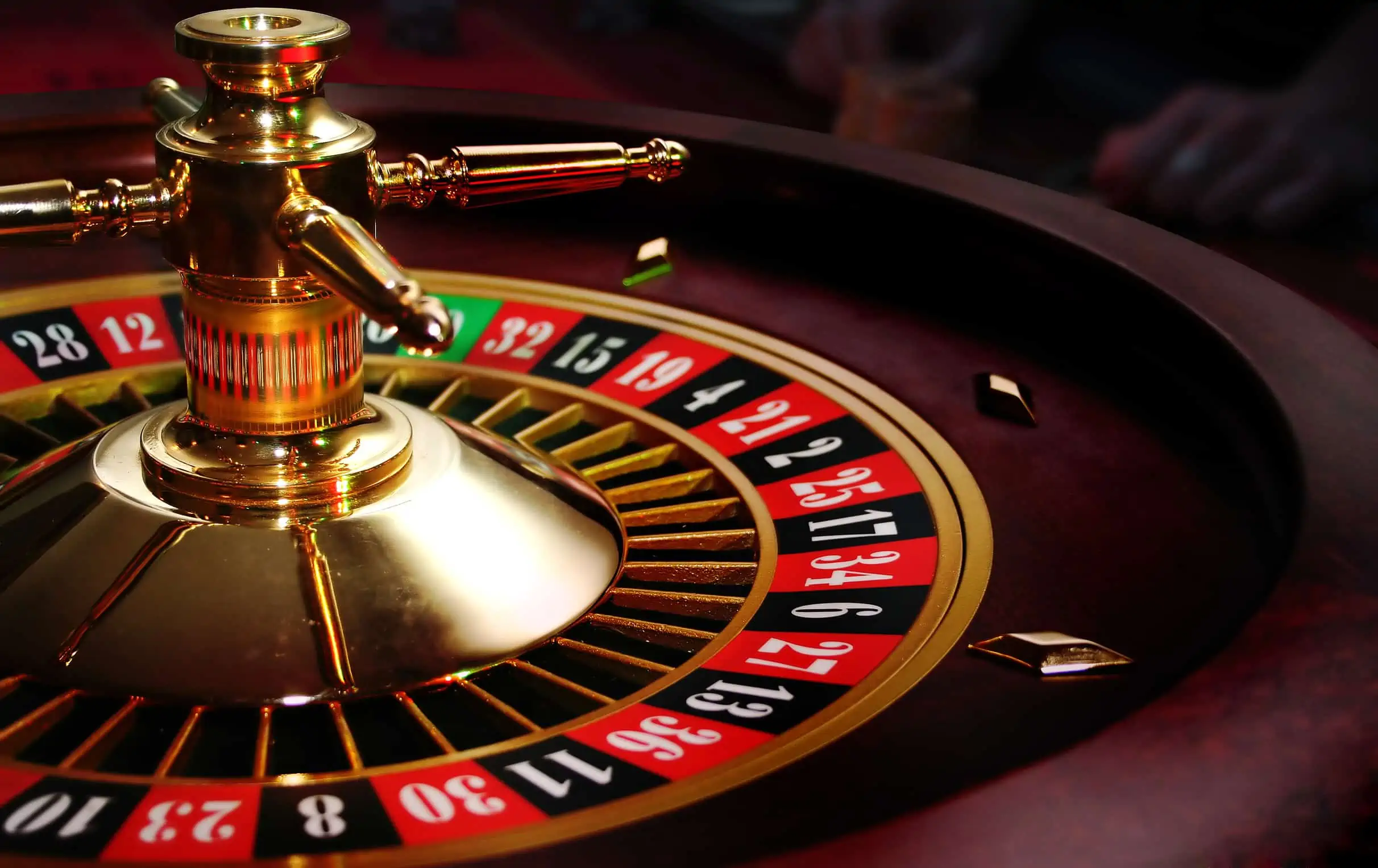
Within a dynamic and thrilling world of casinos, wherein luck and strategy intertwine, hues and design play a pivotal role in attracting players. From the moment visitors step inside a casino or log into a gaming website, they are enveloped in a sightly feast that captures their attention and entices them to explore more. Vivid colors, engaging graphics, and innovative layouts are meticulously crafted to create an environment of thrill and anticipation, ultimately improving the gaming experience.
As players move through the dynamic landscape of casino games, they encounter a variety of designs that not only serve visual purposes but also influence emotions and decision-making. Colors like red and yellow symbolize riches and fortune, while soothing navy and emeralds can create a more tranquil environment. Grasping how these elements function together enables casinos to create an inviting and energizing atmosphere that encourages players to interact with the games, spend more time at the tables, and boost their overall enjoyment.
The Study of Color in Gaming Establishments
Tint plays a key role in the design of casino games, shaping player emotions and actions. Lively and bold hues, such as crimson and yellow, are often used to ignite excitement and capture attention. These colors create a sense of urgency and dynamism, encouraging participants to engage more readily with the game. By strategically selecting tints, developers aim to elicit feelings of satisfaction and anticipation, which can enhance the total game experience.
Different hues also have psychological meanings that can impact how gamblers perceive their possibilities of victory. For example, lime is frequently associated with fortune and abundance, making it a frequent choice in games like roulette and poker setups. This link can result gamblers to feel more positive and self-assured in their play, ultimately inspiring them to wager more. Understanding these associations allows game developers to create environments that enhance player satisfaction and engagement.
Moreover, the layout of casino game interfaces often uses gradients and differing colors to direct players’ actions. For instance, winning results may be highlighted with bright, differing shades, creating a visual cue. This technique strengthens successful results and promotes repeated participation. By leveraging color psychology, gaming venues can develop activities that not only captivate players but also hold them interested and dedicated in their game experience.
Creative Features that Engage Players
The visual appeal of casino games is largely influenced by the implementation of bold colors. Lively and striking colors are deliberately chosen to create an inviting atmosphere that captures interest. W88 For instance, crimson and golds often signify good fortune and wealth, which is why they are common in the palettes of slot machines and game surfaces. These colors not only attract players in, but they also stir emotions related to thrill and anticipation, enhancing the total gaming experience.
In addition to color, the aesthetic and organization of gambling games play a crucial role in player attraction. Games are designed to be intuitive, ensuring that players can quickly understand the rules and gameplay. Accessible interfaces, along with captivating graphics and animations, help maintain player interest and promote longer play sessions. The tactile elements, such as the texture of the controls and the audio of the games, also add to a holistic sensory experience that keeps players engaged.
In conclusion, conceptual elements in gaming design can greatly influence gaming decisions. Many gambling games are inspired by popular culture, fairy tales, or exploration motifs, incorporating symbols and characters that connect with players. These themes create a sense of immersion and connection, making each game feel unique. When players feel a bond to the theme, they are more likely to opt for that game over others, leading to higher participation and enthusiasm within the casino environment.
Case Studies: Successful Casino Table Game Designs
One noteworthy example of effective casino game design is the acclaimed slot machine series themed around blockbuster movies. Games such as those based on the Wizard of Oz and Game of thrones utilize vibrant colors and high-quality graphics to immerse players in well-known narratives. The use of lively visuals and captivating sound effects takes the attention of players, establishing an affective connection to the theme. This approach not just encourages longer play but also improves the overall gaming experience, resulting in increased player retention.
Another successful case is the use of the psychology of color in table games like 21 and the wheel. Casinos often create these games with rich reds and greens, colors traditionally linked with luck and wealth. For instance, the emerald felt on a blackjack table provides a calming effect, while the red accents in the wheel invite excitement. This thoughtful use of color helps to establish an inviting atmosphere that motivates players to participate, fulfilling their psychological impulses and enhancing their enjoyment.
Finally, social casino games that feature community features and bright, lively designs have experienced remarkable success in engaging players. Games like Zynga Poker and Slot-O-Mania leverage vivid colors and playful animations to create an inviting online environment. The integration of leaderboards, social sharing options, and in-app rewards promotes competition and community, attracting players in for longer sessions. Such designs merely make the games visually attractive but also emphasize social connectivity, a crucial factor in player retention and engagement within online casino environments.
